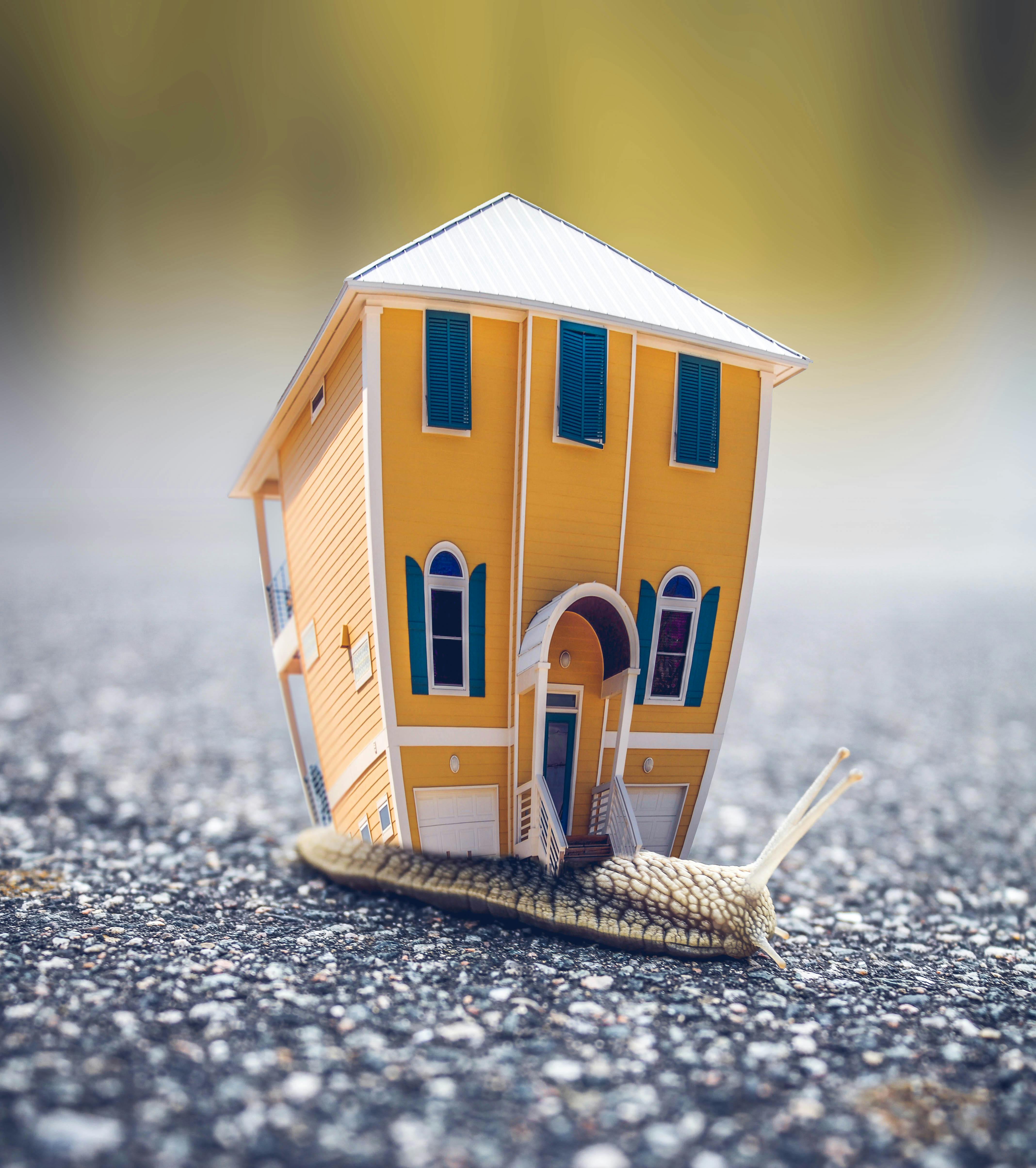Landlord Blog
Education and news for smart DIY landlords!
Virtual Staging vs. Real Staging: Which is Right for You?
When selling a home, staging helps with attracting potential buyers. It can enhance the appeal of a property by showcasing its best features and helping buyers visualize themselves living there.
Traditionally, real staging has been the go-to method, involving physically furnishing and decorating a home. However, with advancements in technology, virtual staging has emerged as a popular alternative.
Both methods have their pros and cons, and understanding these can help you decide which is right for you.
Real Staging: The Traditional Approach
Pros:
Tangible Experience: Real staging provides potential buyers with a tangible experience. They can walk through the property, sit on the furniture, and get a real sense of the space. This physical interaction can create an emotional connection, making it easier for buyers to envision living in the home.
Enhanced Photography: Professionally staged homes often photograph better. High-quality images of a beautifully staged home can attract more interest and increase the chances of selling the property quickly.
Immediate Impact: Real staging can immediately transform a vacant or cluttered home into a welcoming and attractive space. This immediate visual impact can make a strong first impression on potential buyers.
Cons:
Cost: Real staging can be expensive. It involves renting furniture, hiring a professional stager, and potentially paying for storage and moving costs. These expenses can add up, especially if the home takes a while to sell.
Time-Consuming: The process of staging a home can be time-consuming. It requires coordinating with stagers, moving furniture in and out, and maintaining the staged setup until the property is sold.
Wear and Tear: There is always a risk of damage to the property or the staged furniture. Wear and tear from potential buyers walking through the home can also be a concern.
Virtual Staging: The Modern Alternative

Pros:
Cost-Effective: Virtual staging is generally more affordable than real staging. It involves digitally furnishing and decorating the property using specialized software. This eliminates the need for physical furniture and reduces overall costs.
Quick Turnaround: Virtual staging can be completed relatively quickly. Digital photos of the empty rooms are taken, and a professional virtual stager can create staged images within a few days.
Flexibility: Virtual staging offers great flexibility. You can experiment with different styles and layouts without the hassle of moving furniture. This allows you to tailor the staging to appeal to different buyer demographics.
Cons:
Lack of Tangibility: Virtual staging lacks the tangible experience that real staging provides. Buyers cannot physically interact with the space, which might make it harder for them to form an emotional connection with the property.
Potential Misleading: There is a risk of misleading buyers if the virtual staging is too different from the actual property. It is crucial to ensure that the staged images accurately represent the space to avoid disappointment during in-person visits.
Limited Impact on In-Person Visits: While virtual staging can attract buyers online, it doesn’t enhance the in-person viewing experience. An empty or poorly presented home might fail to impress buyers who visit the property.
Which is Right for You?
Choosing between virtual and real staging depends on various factors, including your budget, timeline, and target market.
Budget Constraints: If you have a limited budget, virtual staging might be the better option. It provides a cost-effective way to showcase your property and attract potential buyers.
Time Sensitivity: If you need to sell the property quickly, virtual staging offers a faster turnaround. It allows you to get your property listed with staged images in a short amount of time.
Property Type and Market: For high-end properties or competitive markets, real staging might provide the edge needed to stand out. The tangible experience and emotional connection can make a significant difference in these scenarios.
Final Thoughts
Ultimately, both virtual and real staging have their merits. Assessing your specific needs and goals will help you determine which method is the best fit for your property. Whether you choose the traditional approach or embrace modern technology, effective staging can enhance the appeal of your home and increase its chances of selling.
Read more articles here:

